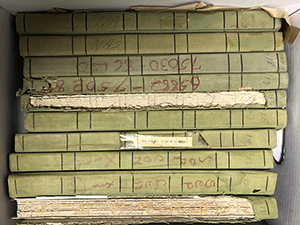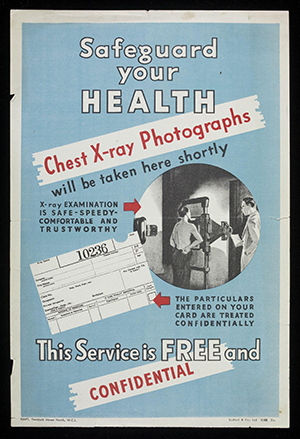

In the 1940s and 1950s at enlistment stations across the nation, service personnel were screened for tuberculosis and their x-ray numbers were recorded in medical logbooks. Because each person’s clavicle is unique, the DPAA has begun to use chest radiographs (or x-rays) to help with identifications of those still missing in action. Today, students at Texas A&M University are trained to digitize the only copies that still exist of these medical logbooks. Using flatbed scanners and DSLR cameras, this project methodically preserves the deteriorating logbooks from World War II and Korea. Instead of connecting x-rays to individuals on a case-by-case basis by looking through thousands of logbook pages for their name and service number, students are creating a searchable database through digitization and then transcription that will provide DPAA scientists with key information from the logbooks. The science and the technology behind the clavicle matching program mean that the digitization of these logbooks has the potential to facilitate tens of thousands of identifications where DNA or forensic odontology are not possible.
When the Chest Radiograph Project began in January 2022, students received training in archival methods, learned how to use the digitization equipment, and familiarized themselves with the DPAA’s accounting mission and the importance of the project. Many of these student workers had previous research experience assisting the DPAA with finding photographs of Texans unaccounted for from World War II and the Korean War. If you are interested in serving as a History Research Intern or History Research Assistant, please contact the DPAA Research Partner Historian at Texas A&M University, Dr. Erika Bravo.

